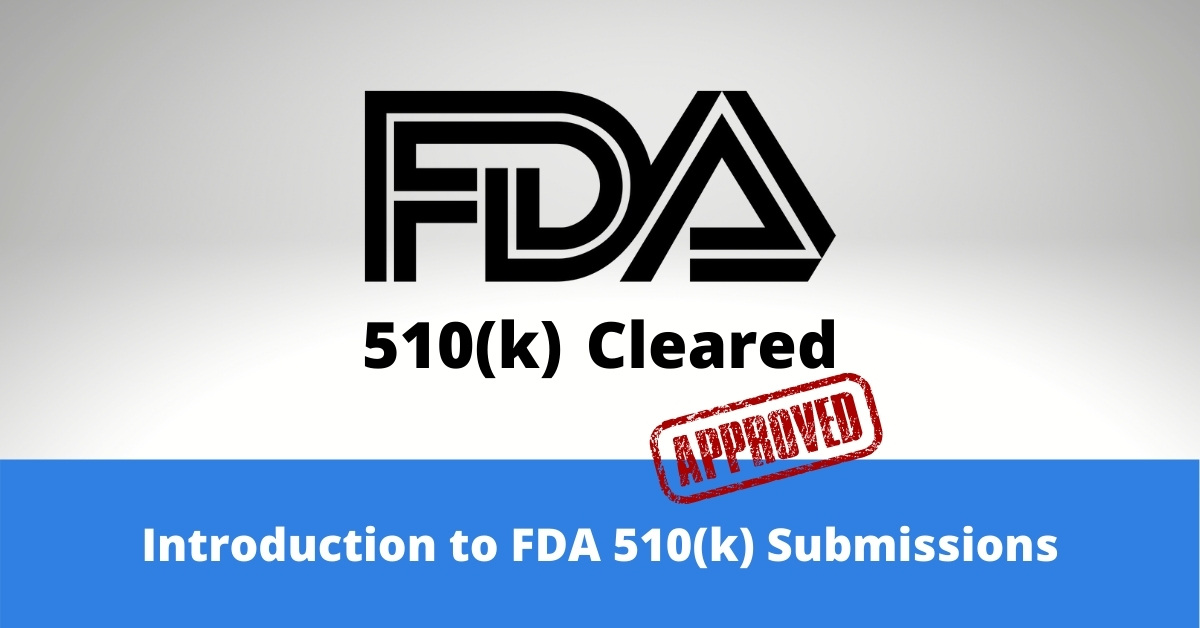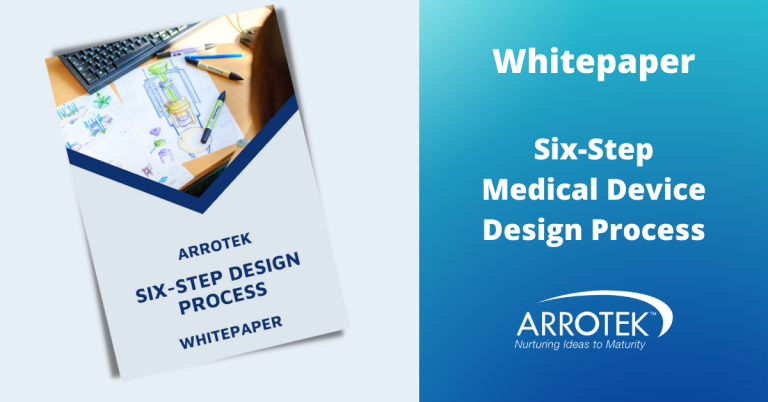If you have an idea for a new medical device and want to sell that product in the US, you will need approval from the Food and Drug Administration (FDA). Many of the products submitted to the FDA for clearance use the 510(k) regulatory approval process.
What is a 510(k) submission? What types of devices need to go through this regulatory pathway? How do you prepare your submission? What happens after you make your 510k submission?
Below is an introduction to FDA 510(k) submissions.
What is a 510(k) Submission?
A 510(k) submission is a pre-market notification that you must submit to the FDA to sell medical device products classed as medium risk in the USA. The submission provides regulators with technical, performance, and safety information on your new medical device.
The aim of your submission is to demonstrate the medical device you have developed is “substantially equivalent” to a product (known as a predicate device) that has already been approved for use in the USA. The phrase “substantially equivalent” means your product must be, as a minimum, as effective and safe as the predicate device.
If your 510(k) submission achieves this aim, the FDA will clear your product for sale in the US.
What Devices Require a 510(k)?
The FDA classifies medical devices according to their level of risk. There are three main classifications: Class I, Class II, and Class III.
As mentioned above, a 510(k) submission is required for medium-risk medical devices. That covers most products that have a Class II classification. It also covers some lower-risk Class I medical devices and some higher-risk Class III medical devices. Class III medical devices that can’t use a 510(k) must go through a different process, known as a Premarket Approval.
How do you know the classification of your medical device? We have published a blog on FDA classifications that gives an overview. It also helps to get advice from a company with regulatory expertise. In addition, the FDA has a process you can go through. That process involves submitting a form known as a 513(g) to get the FDA to confirm the classification of your product.
How Do You Prepare a 510(k)?
This is a challenging question to answer as the specifics will be different for each type of device. Also, a 510(k) submission is very detailed and usually has about 20 sections running to over 100 pages. Plus, the FDA has detailed requirements covering how you should organise and then make the submission.
The best approach is to get help from a partner with experience preparing the documentation that will be required in addition to experience of 510(k) submissions.
One thing that is important to be aware of is the fact that a lot of the information needed for your 510(k) submission will be produced during the process of designing and developing your medical device. Therefore, it makes sense to start preparing your 510(k) submission at roughly the same time as you start formally designing your medical device.
The FDA Review Process
The FDA will take 90 days to review your 510(k) submission. During that period of time, it can issue you with one of two letters:
- Refusal to Accept (RTA) – where the FDA has decided it is not prepared to clear your medical device.
- Additional Information (AI) – where the FDA wants more information before proceeding.
In both cases, you will have 180 days to provide a response.
Once your product has been approved, the FDA will issue you with a 510(k) clearance letter. This letter will include a unique number for your medical device as well as the approved Indications for Use.
There are then a number of other steps you will need to take to complete the process of FDA approval for selling your device in the US, including listing your product with the FDA.
Getting Expert Advice
To find out more about the 510(k) submission process and preparing the information and documentation that you need, please get in touch with a member of the Arrotek team.





